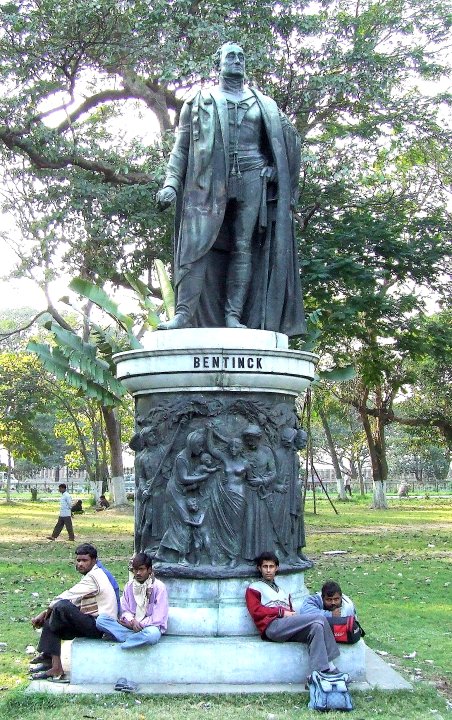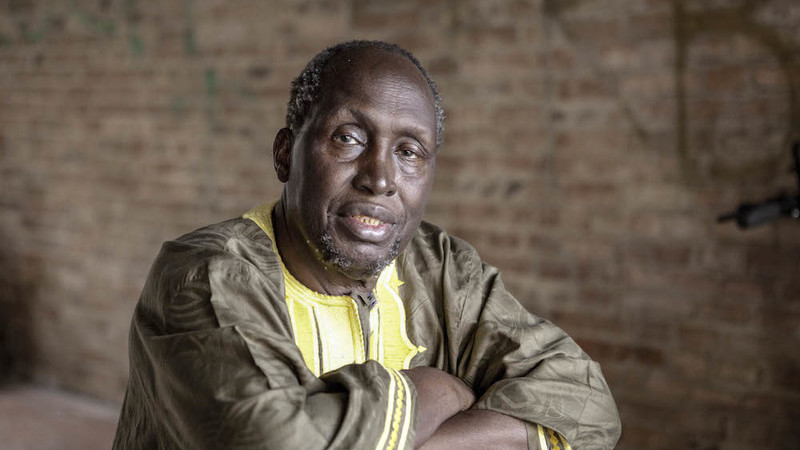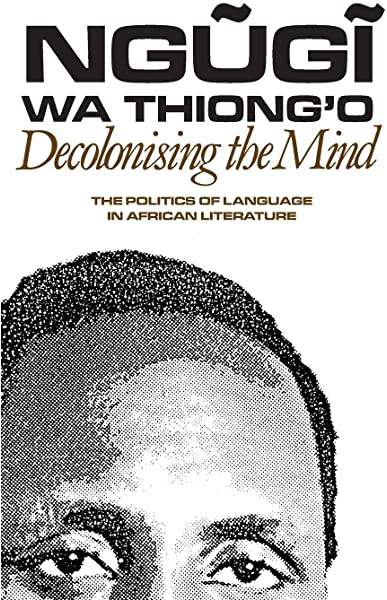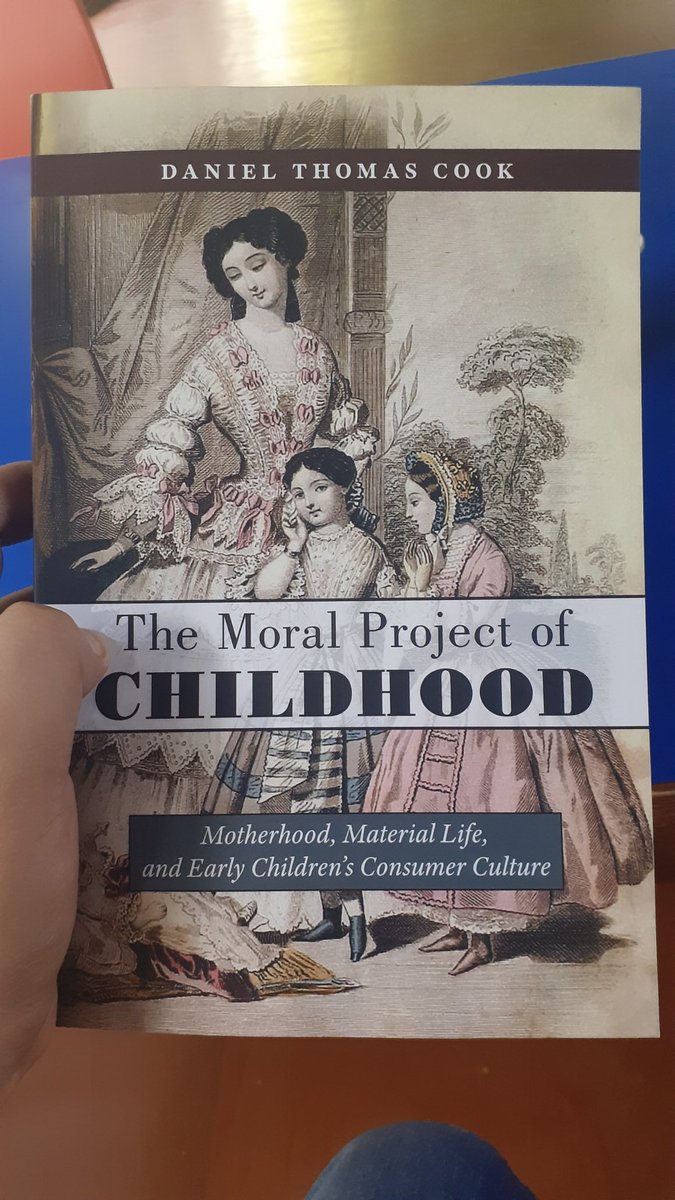
When Governor-General Bentinck abolished Sati (Suttee, as Britishers called it), he had a larger-than-life statue commissioned showing him dramatically rescuing and Indian women from the funeral pyre. (It can still be seen in the compounds of Victoria museum). #history
Thomas Metcalf writes how despite infrequent occurrences of it, the British were quite fascinated with the act of Sati. With its immolation of a living woman in a raging fire, Sati, even more than the public execution, catered to the English obsession with death as spectacle.
The scene on this statue evokes a salacious mixture of sex and violence. It represents the Indian woman as a helpless victim of a blood-thirsty and superstitious faith, placed on the curved pedestal at the center of the composition, while Bentinck presides majestically above. 

While this statue tried to depict Sati as emblematic of much that was wrong with Indian society, such an understanding has been now problematized in the recent work of Indrani Chatterjee. ['Monastic Governmentality, Colonial Misogyny, and Post-colonial Amnesia in South Asia’]
She has documented the fact that, in pre-British India,the widows were supported through revenue-free land grants by the local rulers,Hindu/Muslim. When the Company took over the function of collecting revenue,it started canceling all allotments of this kind to maximize profits.
To protest this, widows started committing Sati as a form of cultural protest. Many of these widows were in their middle age. (this has been documented well in an article titled ‘Whose Sati? Widow burning in the early 19th century’, in a book edited by Sumit & Tanika Sarkar).
It was in response to these protests, the British decided to ban it. If these facts are kept in mind, then the abolition of Sati, far from being a humanitarian act, begins to look more and more like a cover-up of commercial rapacity.
~ From ‘The Ruler’s Gaze’ by Arvind Sharma
~ From ‘The Ruler’s Gaze’ by Arvind Sharma
• • •
Missing some Tweet in this thread? You can try to
force a refresh






